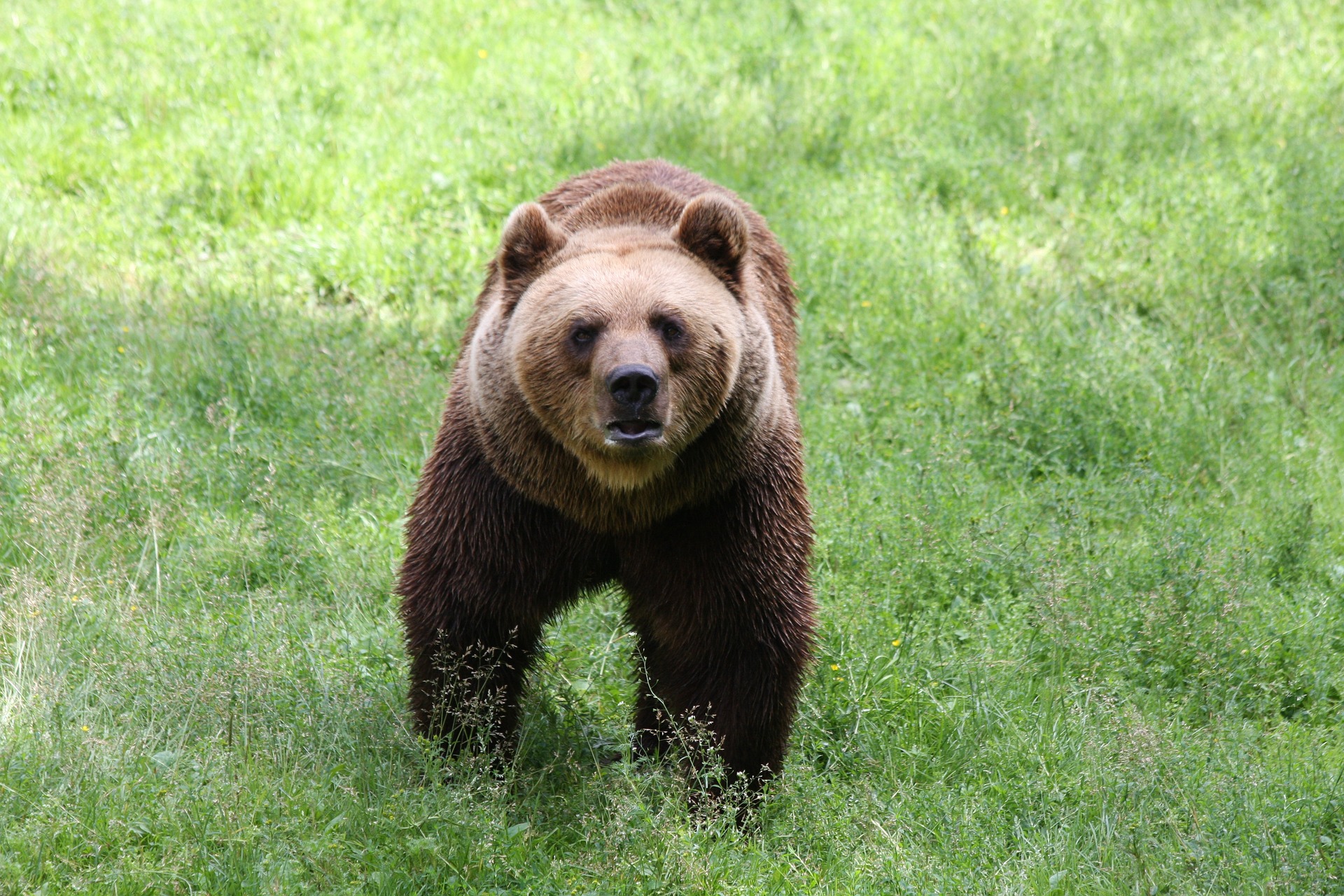
Survival of the Deosai Plains' Largest Omnivore: How Wildlife Videos Support Conservation Efforts
On the sweeping Deosai plains and foothills of the Himalayas, a remarkable conservation initiative is underway…the Himalayan Wildlife Project.
In the vast expanse of the sweeping Deosai plains and foothills of the Himalayas, a remarkable conservation initiative is taking shape - the Himalayan Wildlife Project. Founded and led by Vaqar Zakaria and Dr. Anis Rehman, this independent and non-profit organization has embarked on a passionate campaign to ensure the survival of the Himalayan brown bear in Pakistan. At the helm of this critical endeavor, Dr. Douw Grobler from the Kruger National Park in South Africa joins forces with the Himalayan Wildlife Project, bringing with him invaluable expertise in wildlife conservation. Together, they are determined to save this highly endangered bear species and secure its place in the future.
In a race against time, the Himalayan Wildlife Project seeks to safeguard the survival of Pakistan's largest omnivore, the Himalayan brown bear, which now stands on the brink of extinction. With their sights set on the recently established Deosai National Park, the project's team knows that this protected area is the last hope for the bear's survival. However, the challenges are immense, and the stakes could not be higher. The Himalayan brown bear faces threats from habitat loss, human-wildlife conflict, and poaching. The survival of this majestic species hangs in the balance, and the Himalayan Wildlife Project is their ultimate lifeline.
The project's success hinges on a comprehensive strategy that involves scientific research, community engagement, and international collaboration. Dr. Anis Rehman, with his deep knowledge of the region's ecosystems, leads the scientific efforts. Through extensive studies and monitoring, the team gathers crucial data to understand the bears' behavior, habitat requirements, and population dynamics.
But conservation is not solely a scientific endeavor; it is also a collective effort that requires the support and cooperation of local communities. The project team works closely with the people living around Deosai National Park, engaging them in conservation awareness programs and sustainable livelihood initiatives. By fostering a sense of ownership and responsibility for wildlife, the project aims to create a harmonious coexistence between humans and bears. Training and education are paramount to the success of the Himalayan Wildlife Project. Vaqar Zakaria, driven by his passion for wildlife conservation, leads the educational initiatives. By raising awareness among the younger generation about the importance of preserving the Himalayan brown bear and its habitat, the project aims to sow the seeds of conservation that will endure for generations to come.
To complement their efforts, the Himalayan Wildlife Project draws upon the expertise of their South African counterparts from the Kruger National Park. Dr. Douw Grobler, a seasoned conservationist, brings valuable insights and best practices from the successful conservation efforts in South Africa. His collaboration with the team in Pakistan fosters a global approach to wildlife conservation. As the project takes flight, the team faces both triumphs and setbacks. They witness heartening moments of success as they observe the bear population slowly recovering and adapting to the changing environment. Yet, they also encounter the harsh realities of human-wildlife conflict, where local communities struggle to coexist with these powerful animals.
The path ahead is challenging, but the spirit of the Himalayan Wildlife Project remains undeterred. They know that every step they take, every initiative they undertake, brings them closer to their goal of securing a future for the Himalayan brown bear. The ultimate test for the conservationists lies in striking a delicate balance between protecting the bear and ensuring the well-being of the communities that share the landscape. By empowering locals to become stewards of their natural heritage, the project aims to create a sustainable future where wildlife thrives alongside human prosperity.
The Himalayan brown bear is more than just a species; it is an emblem of the fragile beauty and biodiversity of the Himalayan region. Its survival is intricately linked to the survival of countless other species that call this landscape home. As the Himalayan Wildlife Project continues its tireless efforts, their mission resonates far beyond the borders of Pakistan. It serves as a beacon of hope for wildlife conservation worldwide, demonstrating the power of collaboration and community involvement in safeguarding the natural world.
As we stand at the crossroads of the Himalayas and the Deosai plains, we must choose to walk the path of conservation, embracing our role as stewards of the natural world and ensuring that the mighty roar of the Himalayan brown bear continues to echo through the ages.
To watch this film, click here.
Sign up for Lion Mountain TV to experience breathtaking wildlife video streaming!